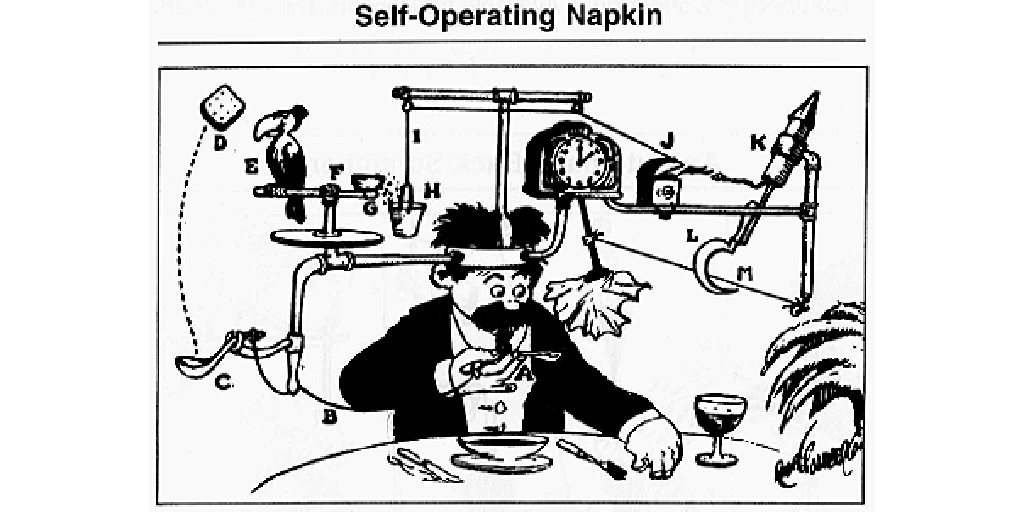WOTUS Woes • Watts Up With That?

Brief Note by Kip Hansen — 31 August 2023
The United States’ Environmental Protection Agency [EPA] and the U.S. Army Corps of Engineers should have finally relinquished their claim made under the Waters of the United States (WOTUS) rules claiming jurisdiction over “any low spot where water collects, including farm irrigation ditches and fields, ephemeral drainages, livestock watering ponds on private and public lands, as well as isolated wetlands.“ Former EPA administrator Scott Pruitt recently commented: “When you define waters of the United States to include dry creek beds, drainage ditches and puddles — and that is not really an editorial comment — that impacts literally how you use your land all over the country.” [definition from source ]
This has been a long and controversial legal battle which finally culminated with the decision of the U.S. Supreme Court in May 2023 in the case known as Sackett v. Environmental Protection Agency, No. 21-454 [.pdf ].
The Court found [the shortest possible rendition – kh ]: “In sum, we hold that the CWA [Clean Water Act] extends to only those “wetlands with a continuous surface connection to bodies that are ‘waters of the United States’ in their own right,” so that they are “indistinguishable” from those waters. ….. This holding compels reversal here. The wetlands on the Sacketts’ property are distinguishable from any possibly covered waters.”
For those not familiar with the case, The Hill gives an overview version here.
The EPA has issued a new rule [.pdf] that they insist complies with the Supreme Court ruling. The new rule document is 141 pages long, consists of mostly re-arguing the case just decided by the Supreme Court, repeatedly demands that the “significant nexus” standard is not only allowed under the CWA but absolutely necessary. For the life of me, I can see no difference between the new rule and the old. The new rule still contains the phrase “significant nexus” 484 times.
This is what the Supreme Court decision in Sackett v. EPA says about the “significant nexus” standard:
“The EPA, however, offers only a passing attempt to square its interpretation with the text of §1362(7), and its “significant nexus” theory is particularly implausible.
And, in any event, the CWA never mentions the “significant nexus” test, so the EPA has no statutory basis to impose it. See Rapanos, 547 U. S., at 755–756 (plurality opinion).
Yet the meaning of “waters of the United States” under the EPA’s interpretation remains “hopelessly indeterminate.”
The EPA contends that the only thing preventing it from interpreting “waters of the United States” to “conceivably cover literally every body of water in the country” is the significant-nexus test.”
Rather than ensuring that the new rule use the definition called for by the Supreme Court — the CWA [Clean Water Act] extends to only those “wetlands with a continuous surface connection to bodies that are ‘waters of the United States’ in their own right,” so that they are “indistinguishable” from those waters — the EPA and the US Army Corps of Engineers have promulgated a “new rule” that is essentially the same as the old rule and does not even come close to complying with the ruling of the Supreme Court.
The most recent NY Times article states explicitly that “The new E.P.A. rule removes the “significant nexus” test from consideration when identifying tributaries and other waters as federally protected.” This is categorically incorrect. The new rule [.pdf] on page 63 of the pdf file which is page 3066 of Federal Register / Vol. 88, No. 11, states in the inclusion section:
“The ‘‘waters of the United States’’ are defined …. (a)(2) impoundments or jurisdictional tributaries when the wetlands meet the significant nexus standard (‘‘jurisdictional adjacent wetlands’’); and (5) intrastate lakes and ponds, streams, or wetlands not identified in paragraphs (a)(1) through (4) that meet either the relatively permanent standard or the significant nexus standard.”
Environmental advocacy groups lamented the Supreme Court finding and have publicly stated they are displeased with the new rule, often claiming the supreme Court has “gutted” the Clean Water act.
The NY Times’ Lisa Friedman and Coral Davenport make this statement:
“The developers and farmers as well as gas, oil and coal companies that applauded the Supreme Court ruling said they were not satisfied with the way the E.P.A. relaxed its regulation. They argue that the new E.P.A. rule is confusing and does not comply with the Supreme Court’s direction. The National Mining Association said the regulation “misses the mark.””
Add my name to that list – The EPA and Corps of Engineers have trivially complied to the Court’s decision that they re-write the WOTUS rule – but that is seems to be all they did, they re-wrote it, without making any significant changes, particularly failing to rescind the offending significant nexus standard and failing to include the standard insisted upon by the Court: That the CWA jurisdiction applies “only those “wetlands with a continuous surface connection to bodies that are ‘waters of the United States’ in their own right,” so that they are “indistinguishable” from those waters”.
Bottom Line:
1. The EPA and Corps of Engineers have failed to comply with the Court ruling and instead have simply re-worded the offending rule.
2. This means that there will have to be further hugely expensive battles starting at Step 0 in the lower courts, fought all the way up again to the Supreme Court. The ruling will be the same if the membership of the court remains the same or if a newly comprised Court relies on precedent.
3. The un-elected bureaucracy of federal agencies has side-stepped the checks and balances built into the US Constitution to stubbornly hold onto assumed powers to which it has no right – and blatantly challenged the authority of the Supreme Court.
# # # # #
Author’s Comment:
The controversy over the WOTUS rule has been churning the courts for decades. Every time a court ruled against the agency’s overreach, EPA has pulled this same delaying tactic – rewrite the rules in an insignificant manner, accept comments but fail to act on them, and then approve their own new-but-not-different rule which they then enforce while acting as police, judge and jury.
I have no idea what remedy there is to this situation. Any legal scholars reading here? If so, give us your opinion.
All I know is: It ain’t right.
We all want clean water. We all oppose industry and bad actors dumping poisons and trash into our rivers and streams. The EPA, when it was first established, did good work to make things better for all of us.
Opinion: But having accomplished the easy part, cleaning up obvious abuses, they failed to settle for maintaining a good level of environmental standards, instead the agency has grabbed more and more power claiming jurisdiction over common everyday activities that U.S. citizens believe they have every right to carry out without Federal interference.
Thanks for reading.
# # # # #



